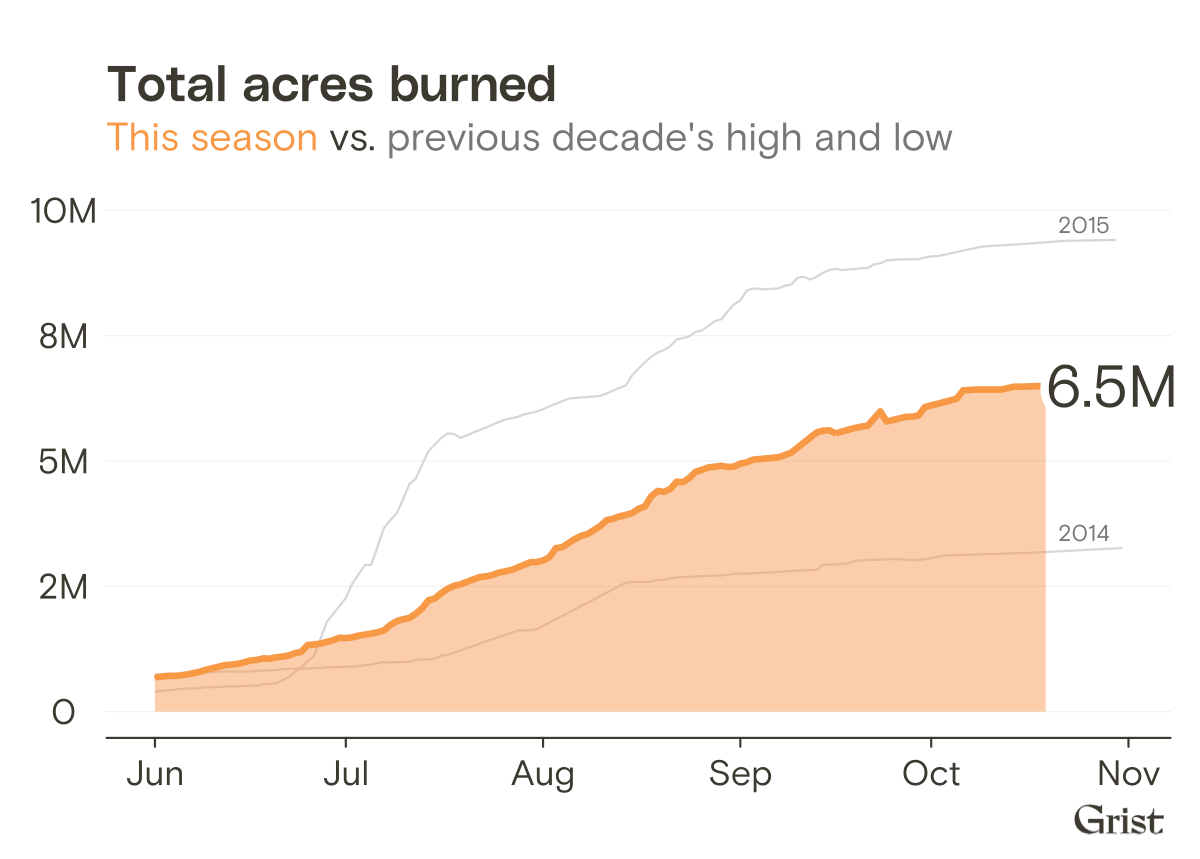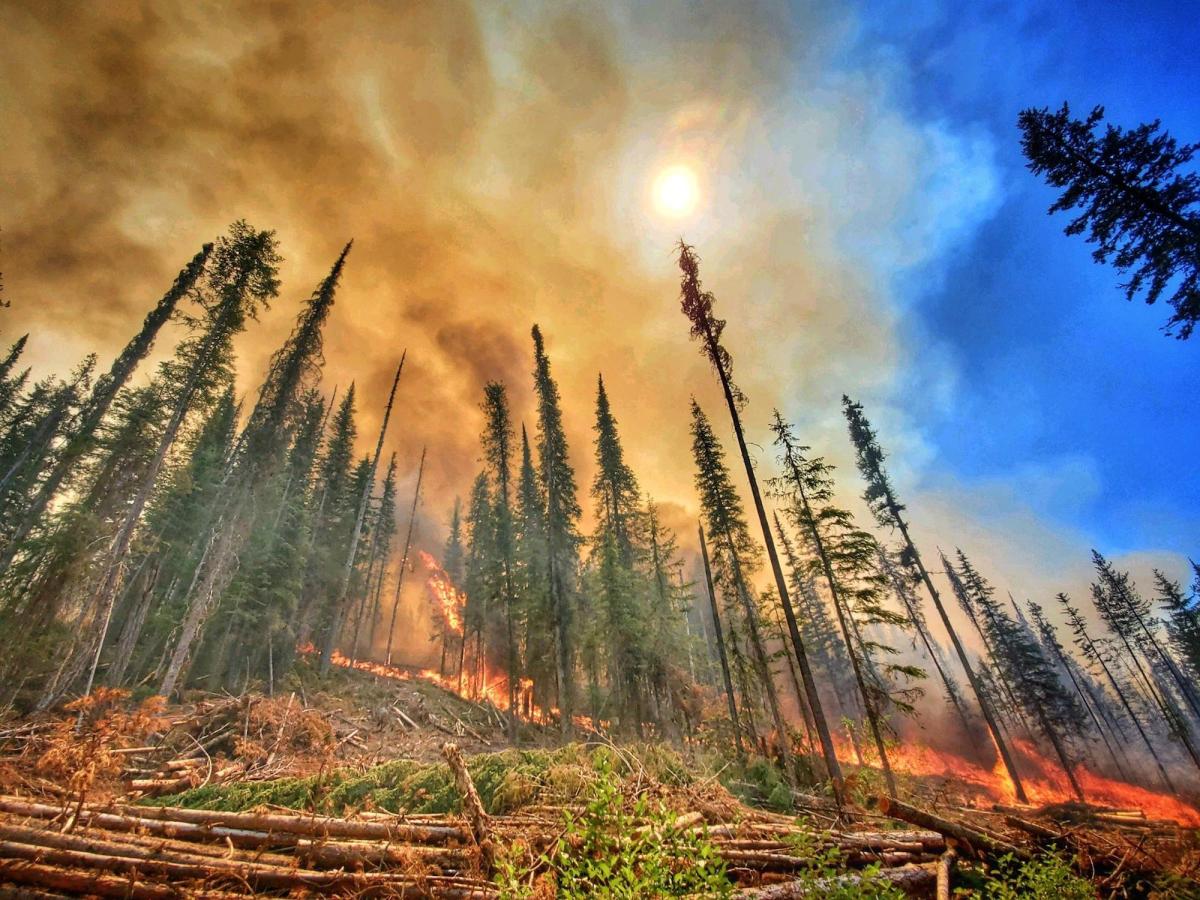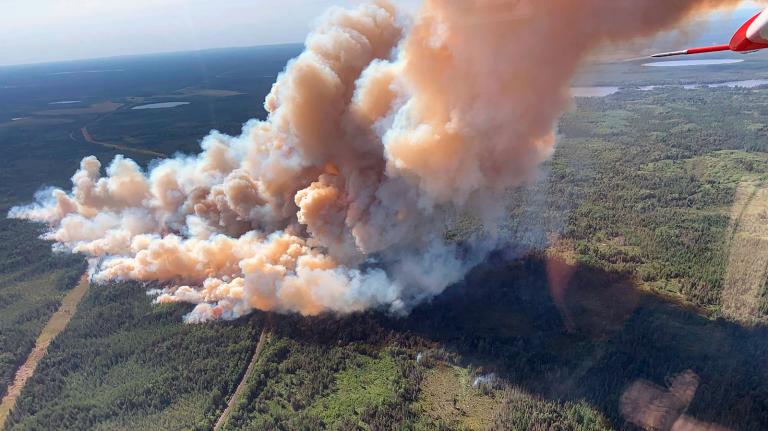Hello Nathanael here. It’s the final week of October and, where I’m sitting in California, floods have replaced fires.
We’ve talked a lot about California in this space because it took the brunt of the fire season this year. While 6.5 million acres burned nationally – about the average in this hotter world – 2.5 million of those acres were in California, double the five-year average for the state.
All that changed over the weekend. An atmospheric river of humid air from the tropics poured water onto the northern half of the state and crowned the mountains with snow. Heavy rain sheeted off charred soil and gathered in gullies. The gathering torrents triggered multiple landslides and debris flows in the wildfire scars, slumping into creeks and shutting down highways.
Less precipitation fell in Southern California, but there was enough rain on the lowlands and snow in the mountains to significantly quell the fires burning coastal brush and giant sequoias. The storms also cooled fires in Oregon, Washington, Idaho, and Montana. Just 10 large fires remain nationally, and their growth has stalled.

Data Visualization by Clayton Aldern
Forest carbon projects are going up in flames
Grist reporters Emily Pontecorvo and Shannon Osaka tagging in. We have spent the last few months digging into how wildfires are putting California’s carbon offset market at risk.
Carbon offsets are intended to be the climate equivalent of good deeds that make up for past sins. The emissions of an international flight, for example, can be absolved by buying “offsets” that fund renewable energy or tree-planting projects.
In California, state law requires that major polluting companies limit how much carbon they put into the atmosphere every year. One way to achieve this is for corporations to purchase offsets to lower their total carbon footprint — allowing California to claim that emissions are going down.
The vast majority of the offsets California companies buy lie within so-called “improved forest management” projects — forests actively managed by landowners to suck up more carbon from the atmosphere than average. Legally, the landowners must guarantee the carbon will stay in those trees for at least 100 years. The problem is that many of the forest projects are located in the already scorched U.S. West, at a time when annual fire risk is increasing. In fact, some of the projects enrolled in California’s program are already burning up.

The Summit Trail Fire burned through dense fuels in Washington. Colville Agency, Bureau of Land Management
According to the nonprofit CarbonPlan, which analyzes the scientific integrity of carbon offsets, at least six forests in the West that were storing carbon for the California offset market have gone up in wildfire flames over the past five years. One, an offset project called Eddie Ranch, was almost totally wiped out by a fire in 2018. Another, an improved forest management project on the Colville Indian Reservation in Eastern Washington state, has burned multiple times.
When a forest carbon project burns, that doesn’t necessarily mean all of the offsets associated with it are rendered meaningless. The California Air Resources Board, which oversees the state’s carbon market, has an insurance system designed to protect the validity of offsets against such disasters — and with them, California’s climate reputation.
But a number of forest ecologists, climate modelers, and policy experts argue that the insurance system, known as the “buffer pool,” was never based on sound science — and that now, as forests burn more severely and frequently across the West, the system could be in danger of collapse. If the buffer pool fails, and forest offsets continue to burn, the carbon released would put a significant proportion of the state’s climate progress in jeopardy.
In this week’s Grist cover story, we dive into what happens when carbon offsets catch fire, how this precarious system of insuring trees came to be, and whether it can be fixed.



